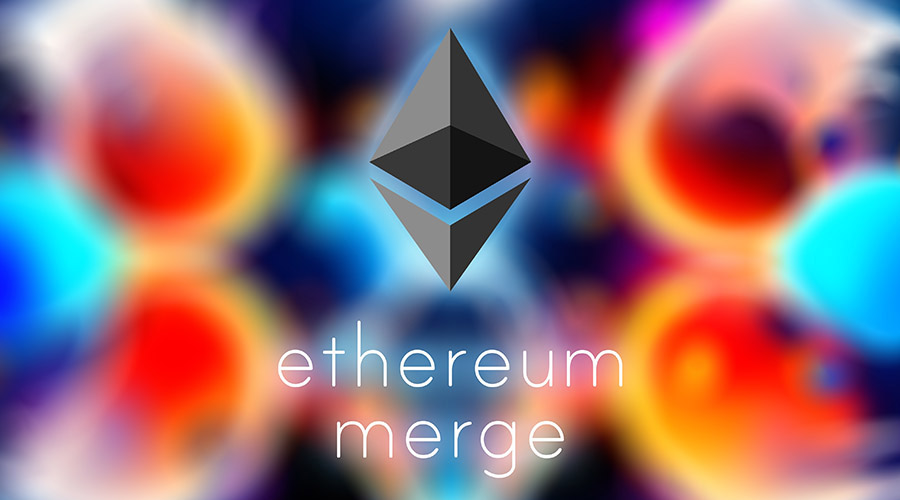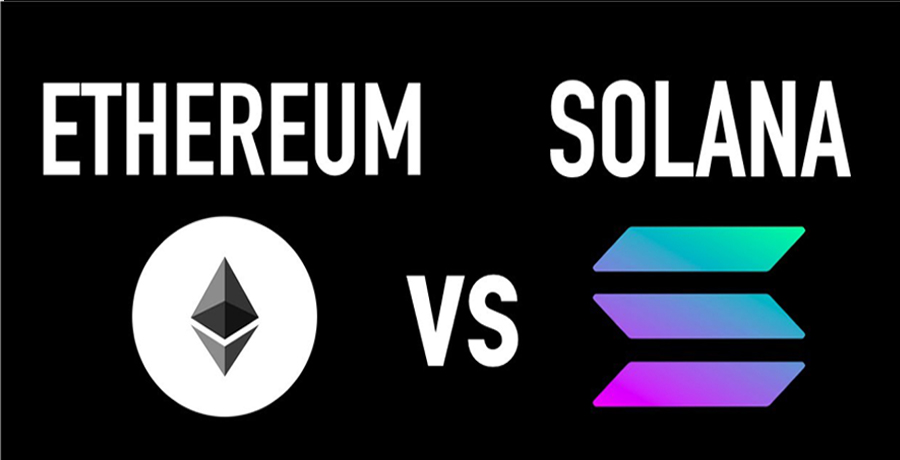T?he Ethereum network is undergoing a significant transformation known as “the merge.” This process involves transitioning from a proof-of-work (PoW) to a proof-of-stake (PoS) consensus mechanism. The merge is expected to enhance the scalability, security, and sustainability of the Ethereum network. In this article, we’ll explore the five stages of the Ethereum merge and what each entails.
Stage 1: Research and Development
The first stage of the Ethereum merge involves extensive research and development efforts. Developers and stakeholders collaborate to plan and design the transition from PoW to PoS. This stage includes discussions on the technical aspects, potential challenges, and the overall vision for Ethereum 2.0.
Key activities in this stage include:
- Consensus Mechanism Design: Determining the parameters and functionality of Ethereum’s PoS mechanism, including how validators will be chosen and how rewards will be distributed.
- Protocol Upgrades: Developing and testing the necessary protocol upgrades and improvements to support PoS.
- Testing: Rigorous testing and security audits to ensure the new system is robust and secure.
- Community Engagement: Engaging with the Ethereum community to gather input and address concerns.
Stage 2: Beacon Chain Launch
The second stage involves the launch of the Beacon Chain, which is the PoS blockchain that runs in parallel with the existing Ethereum PoW chain. The Beacon Chain’s primary purpose is to manage validator staking and consensus.
Key aspects of this stage include:
- Genesis Block: The creation of the Beacon Chain’s genesis block marks the official launch of PoS in the Ethereum ecosystem.
- Validator Activation: Validators, individuals or entities responsible for proposing and validating blocks, can begin staking and participating in consensus on the Beacon Chain.
- Parallel Operation: During this stage, both the PoW and PoS chains run simultaneously, ensuring a smooth transition.
Stage 3: Shard Chains Development
The third stage focuses on the development and implementation of shard chains. Ethereum’s shard chains are smaller, parallel chains that increase the network’s capacity to process transactions and smart contracts.
Key elements of this stage include:
- Shard Chain Deployment: Launching shard chains to distribute transaction processing and data storage across the network.
- Crosslinks: Crosslinks are references to shard chain data incorporated into the Beacon Chain. They are vital for ensuring the overall security and integrity of the network.
- Scaling: As shard chains become operational, Ethereum’s scalability and throughput improve, making it more efficient and capable of handling increased traffic.
Stage 4: Shard Chains Activation
Once the shard chains are developed and sufficiently tested, they are activated, and the Ethereum network begins transitioning fully to a PoS consensus mechanism.
Key components of this stage include:
- Full PoS: The PoW chain is deprecated, and the network operates entirely on PoS consensus.
- Validator Rewards: Validators continue to secure the network and earn rewards for their participation.
- Smart Contracts and DApps: Existing smart contracts and decentralized applications (DApps) can be migrated to shard chains for better performance and scalability.
Stage 5: Ongoing Upgrades and Maintenance
The final stage of the Ethereum merge involves ongoing upgrades, maintenance, and the continued growth of the network. Ethereum developers and the community work together to address issues, implement improvements, and adapt to changing technological and market dynamics.
Key aspects of this stage include:
- EIPs (Ethereum Improvement Proposals): Ongoing proposals and discussions to enhance the Ethereum ecosystem through protocol upgrades.
- Community Participation: Active involvement from the Ethereum community, including developers, miners, stakers, and users, in shaping the network’s future.
- Research and Innovation: Continuous research into new technologies and solutions to further improve Ethereum’s performance, security, and usability.
Conclusion
The Ethereum merge represents a pivotal moment in the cryptocurrency world, as Ethereum transitions from a PoW to a PoS consensus mechanism. The five stages outlined in this article illustrate the careful planning, development, and execution required to make this transition successful. With each stage, Ethereum moves closer to its vision of becoming a more scalable, secure, and sustainable blockchain platform capable of supporting a wide range of decentralized applications and services. As Ethereum 2.0 unfolds, it will likely shape the future of decentralized finance, NFTs, and other blockchain innovations.



